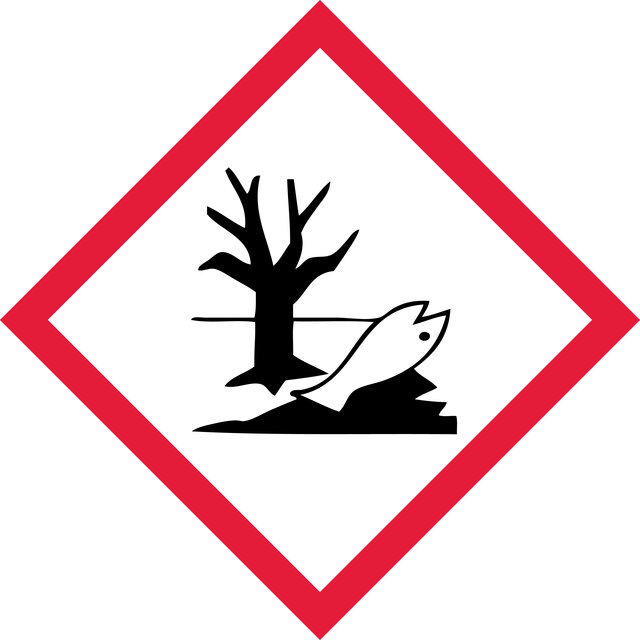Sign In to View Organizational & Contract Pricing
Select a Size
About This Item
Empirical Formula (Hill Notation):
C11H16O2
CAS Number:
Molecular Weight:
180.24
Beilstein:
1867499
EC Number:
MDL number:
UNSPSC Code:
12352100
PubChem Substance ID:
NACRES:
NA.22
Quality Level
Assay
≥98% (sum of isomers, GC)
form
solid
composition
2-BHA, ≤10% GC
3-BHA, ≥90% GC
impurities
≤1% 4-hydroxyanisole
ign. residue
≤0.05%
mp
48-63 °C
solubility
ethanol: soluble 1 g/10 mL, clear, colorless to faint yellow or tan
SMILES string
COc1ccc(O)c(c1)C(C)(C)C
InChI
1S/C11H16O2/c1-11(2,3)9-7-8(13-4)5-6-10(9)12/h5-7,12H,1-4H3
InChI key
MRBKEAMVRSLQPH-UHFFFAOYSA-N
Looking for similar products? Visit Product Comparison Guide
Related Categories
General description
The voltammetric behavior of 3-tert-butyl-4-hydroxyanisole at a polymer electrode modified with nickel phthalocyanine (as electron mediator) was studied.
Application
- Regulation of Smad signaling in mesenchymal stem cells: 3-tert-Butyl-4-hydroxyanisole disrupts the differentiation of C3H10T1/2 mesenchymal stem cells into brown adipocytes by modulating Smad signaling pathways, with potential implications for obesity and metabolic syndrome research (Wang et al., 2023).
Hazard Statements
Precautionary Statements
Hazard Classifications
Aquatic Chronic 2
Storage Class Code
11 - Combustible Solids
WGK
WGK 2
Flash Point(F)
Not applicable
Flash Point(C)
Not applicable
Personal Protective Equipment
dust mask type N95 (US), Eyeshields, Gloves
Choose from one of the most recent versions:
Already Own This Product?
Find documentation for the products that you have recently purchased in the Document Library.
C de la Fuente et al.
Talanta, 49(2), 441-452 (2008-10-31)
The voltammetric behaviour of the antioxidants 3-tert-butyl-4-hydroxyanisole (BHA) and tert-butylhydroquinone (TBHQ), at a polymer electrode modified with nickel phthalocyanine as electron mediator, is described, and an electroanalytical method for the determination of these antioxidants based on their electrochemical oxidation on
L K Lam et al.
Carcinogenesis, 12(12), 2311-2315 (1991-12-01)
Carcinogen-induced aberrant crypts (AC) of the colon are a precancerous state that leads to malignancy. The inhibition of AC formation by chemopreventive agents was evaluated in this study. Colon AC were induced by 1,2-dimethylhydrazine (DMH) in 3 weeks in CF1
Mengxiao Xie et al.
Journal of autoimmunity, 102, 96-113 (2019-05-28)
The subset of regulatory T (Treg) cells, with its specific transcription Foxp3, is a unique cell type for the maintenance of immune homeostasis by controlling effector T (Teff) cell responses. Although it is common that a defect in Treg cells
A Matsuoka et al.
Mutation research, 241(2), 125-132 (1990-06-01)
The mutagenicity of 3-tert-butyl-4-hydroxyanisole (BHA) and its metabolites was investigated in the reverse mutation assay using S. typhimurium strains and the chromosomal aberration test in vitro using a Chinese hamster fibroblast cell line, CHL. BHA, tert-butylhydroquinone (BHQ), tert-butylquinone (BQ) and
K Tajima et al.
Drug metabolism and disposition: the biological fate of chemicals, 20(6), 816-820 (1992-11-01)
3-Tert-butyl-4-hydroxyanisole (3-BHA) was metabolized in the presence of horseradish peroxidase and hydrogen peroxide to 2-tert-butyl-p-benzoquinone (TBQ), 2,3-epoxy-5-tert-butyl-1,4-benzoquinone (TBQ-epoxide), and two known dimers. The formation of TBQ from 3-BHA required both horseradish peroxidase and hydrogen peroxide. When 2.5 mM 3-BHA was
Our team of scientists has experience in all areas of research including Life Science, Material Science, Chemical Synthesis, Chromatography, Analytical and many others.
Contact Technical Service